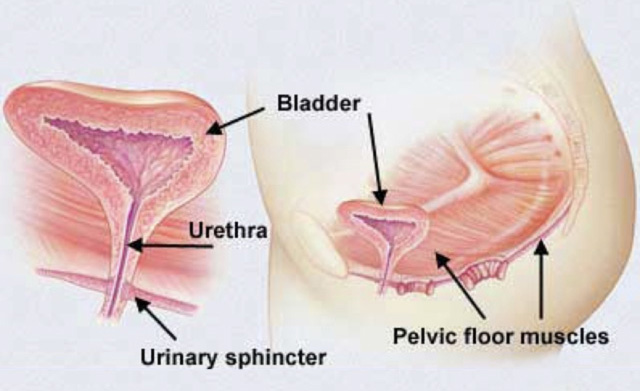Urodynamics is a diagnostic test done which allows us to assess functioning of the bladder.
Urodynamics allows us to analyze bladder capacity, muscle activity, neurological activity, presence of obstruction, and one’s ability to urinate with normal ease.
The body’s ability to store urine without leakage and to urinate at the appropriate time relies on proper functioning of the nerves connected to the bladder and on muscle activity. The nerves work by sending signals between the brain and the bladder telling the bladder to empty at the appropriate times. The muscles of the bladder must properly contract and relax to prevent leakage of urine and to allow ease of urination.
Urodynamics is done in the office in about 15 minutes. During urodynamics, a tiny catheter with sensors is placed into the urethra. We slowly fill your bladder with water. Pressure in the urethra and bladder is measured continuously as well as muscle strength of the pelvic floor. As the bladder fills and empties, these measurements are used to identify the cause of incontinence and aid in deciding what treatment is optimal for each individual.
The day of Urodynamics, you will be asked to come to your appointment with a comfortably full bladder. If you are currently taking anticholinergic medications (Detrol, Vesicare, Enablex, etc.), you will need to stop medication for 3 days prior to urodynamics and may resume use after the test.
